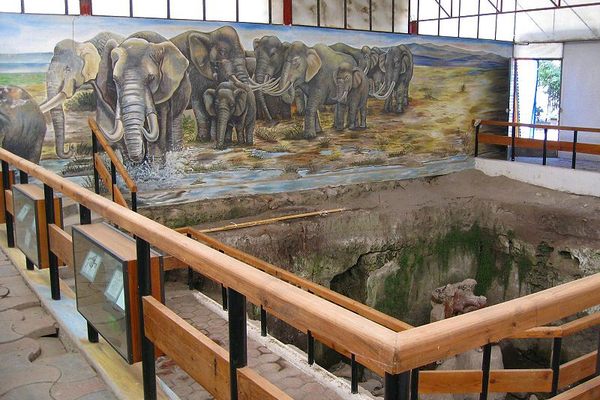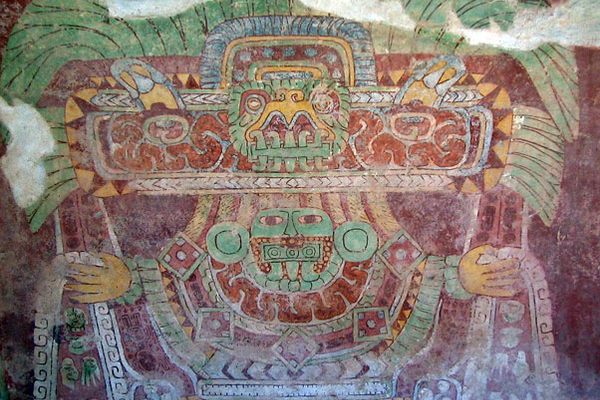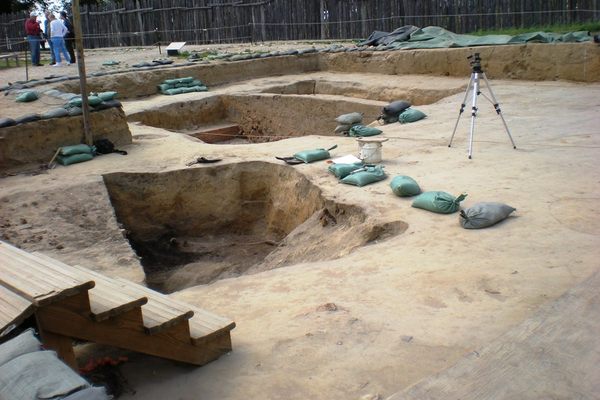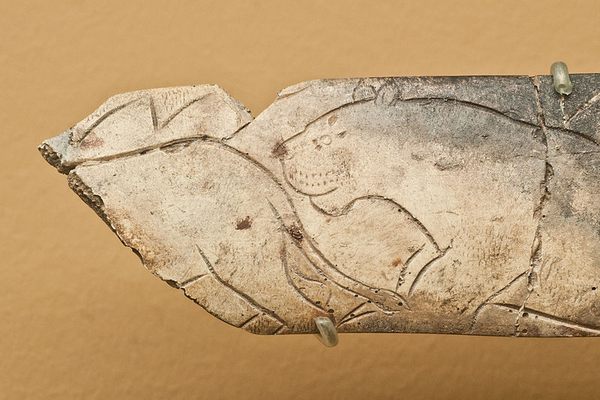AO Edited
Museum of Tepexpan
A museum built around the site where the most controversial human remains in the country were found.
One afternoon in 1947, when German archaeologist Helmut de Terra made an unusual find. The remains of a mammoth had recently been discovered in the nearby town of Santa Isabel, but with stone tools that seemed to have been made by human hands. In a Tepexpan field nearby, Terra found the remains of a human, face down. It was thought to be as much as 10,000 years old, and became known as the oldest human remains on the entire continent. (Now many sites show humans to have arrived in the Western Hemisphere thousands of years earlier.) The bones were exhibited as a jewel of archaeology and gave rise to the prehistoric room of the National Museum of Anthropology.
The theory arose that men hunted had hunted mammoth there, and that surely the Tepexpan Man had died in an encounter with one of the beasts. The story led to the creation of murals, illustrations, and scale models imagining such a scene, always with a dead man face down. The most famous of these images can be seen at the Chapultepec National Anthropology Museum next to the Santa Isabel mammoth site—and there’s one in the Tepexpan Museum.
Over time, with new scientific advances, much more was learned about this individual, including through the efforts of anthropologist Santiago Genovés (known for the 1973 “Peace Project” experiment that became known as the “Sex Raft”). The person was found to have been younger than thought at the time of death (30 instead of 55), a woman and not a man, and actually just 2,000 years old. A 2009 study found that the sample have been contaminated and revised the age to about 4,000 years, long after the mammoths had gone extinct in North America. Still, the legend of mammoth hunters had already traveled the world.
The recently renovated museum includes displays on human evolution, and replicas of six ancient skulls found in Mexico.
Know Before You Go
Tuesday to Sunday from 10 a.m. to 5 p.m.
Free entry



















Follow us on Twitter to get the latest on the world's hidden wonders.
Like us on Facebook to get the latest on the world's hidden wonders.
Follow us on Twitter Like us on Facebook